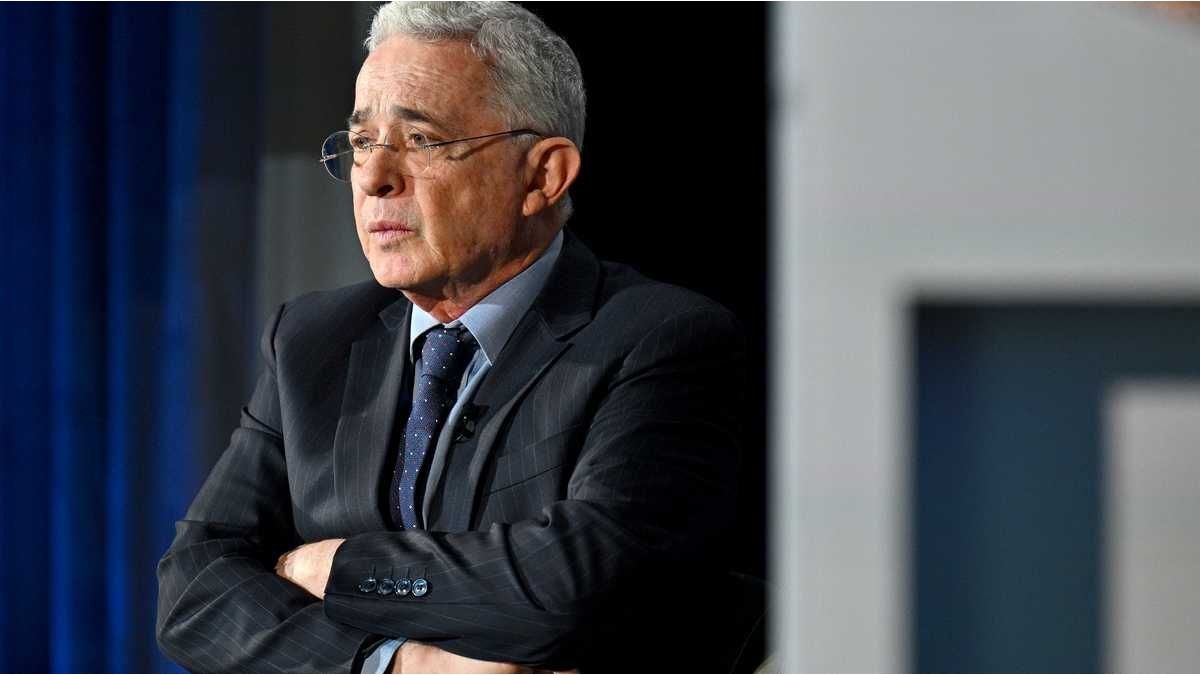Liquefied natural gas (LNG) is becoming increasingly important for Germany and Europe in times of the energy crisis. But where will the gas come from in the future? And when will prices normalize again?
According to a study, the USA will probably become the most important supplier of liquefied natural gas (LNG) in Germany and Europe in the future. This is the result of a study by the Energy Economics Institute of the University of Cologne (EWI) on behalf of the industry association Zukunft Gas.
The study uses various scenarios to examine future gas trade between the European Union (EU) and Russia and its impact on global trade relations. “Clear result: The European demand for LNG is increasing significantly,” said the industry association.
Additional pipeline gas can only be purchased to a limited extent from Norway, Azerbaijan and Algeria. The gap in Russian gas supplies must therefore be filled with the help of LNG imports, it said. “LNG deliveries from the USA could take on the largest role on the European market.”
Where will the gas come from in the future?
In all scenarios examined, US imports increased significantly compared to 2021. If no gas is traded between Russia and the EU, the study assumes that the USA will account for 39 percent of total EU imports by 2030, provided that sufficient liquefaction plants are built by then.
“This would make the EU, alongside Asia, one of the most important sales markets for natural gas from the USA.” In the scenario, Norway has a delivery share of 28 percent. The study did not examine how the production of so-called fracking gas in Germany, which has not yet begun, would affect the gas markets.
The authors of the study expect only limited growth for LNG from Qatar. Additional imports from Australia or Canada would probably not be significant for the European market either.
“However, the additional quantities can help prevent shortages on world markets.” Lower demand could also contribute, for example through electrification, greater efficiency and the production of biomethane as a substitute for natural gas.
Possible relaxation of gas prices from 2024
Gas prices are expected to ease from 2024 onwards. “The rapid expansion of the LNG terminals in Europe will eliminate import bottlenecks and align European and Asian prices,” explained Zukunft Gas board member Timm Kehler.
However, the authors of the study do not expect a price level like 2018 until 2026 at the earliest and only if there is at least partial trade with Russia. Without Russian gas, wholesale prices in Northwest Europe could still be over 90 euros per megawatt hour in 2026. “If demand falls globally, however, the price level of 2018 can be reached again by 2030 without Russian gas.”
Source: Stern
Jane Stock is a technology author, who has written for 24 Hours World. She writes about the latest in technology news and trends, and is always on the lookout for new and innovative ways to improve his audience’s experience.




